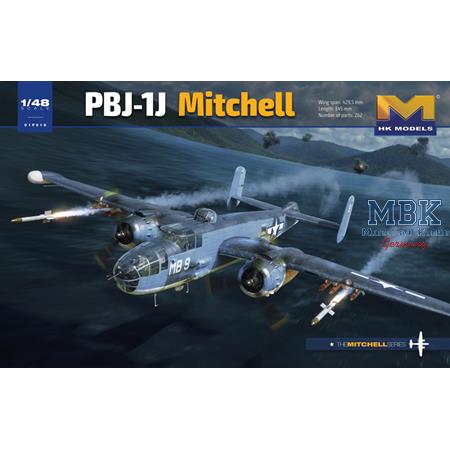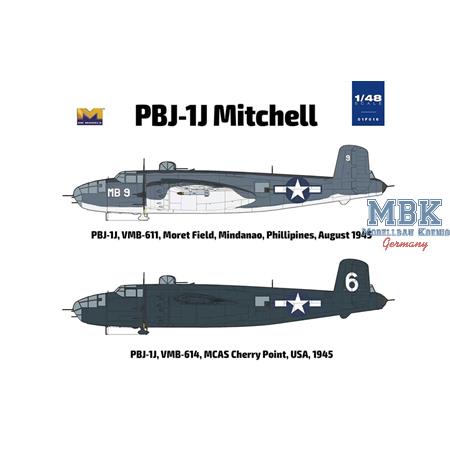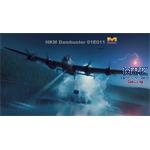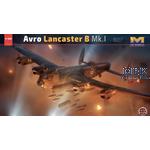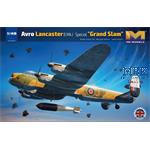North-American PBJ-1J Mitchell (Limited Edition)
HKM01F016
HONG KONG MODEL
1:48

Two years after his death in 1936, the Air Corps issued Circular No. 38-385, which outlined the requirements for the next generation of bombers.
This included the ability to carry 1,200-pound bombs 1,200 miles at a speed of at least 200 mph.
Among the companies that submitted designs to meet this requirement was N.A.A. Its proposal was a twin-engine medium-range bomber, initially designated the design number NA-40.
This design followed N.A.A.'s somewhat successful but canceled NA-39 design just two years earlier. The NA-40 first flew toward the end of 1939, with the war in Europe already underway.
After numerous modifications and improvements, culminating in the design of the NA-62, the type finally entered service in 1941, now designated the B-25 "Mitchell." However, it was a close call, as the NA-40 initially failed to secure orders in 1939, and orders intended for France never materialized due to competition.
Although the B-25 was new to production, another significant modification was made, replacing the constant dihedral of the wings with a slight S-shaped configuration just outboard of the engines.
There is no doubt that the B-25 was a particularly rugged and adaptable aircraft, despite the type's original designation as a medium-range bomber with a glazed nose and manned rear gun (B-25C).
It was capable of high- and low-altitude bombing, strafing raids, photo reconnaissance, and anti-submarine patrols.
The Mitchell, in its B-25H version, was used as a gunship, complete with heavy 75 mm cannon armament in the nose, up to a version called the "Strafer," which housed a fearsome total of eight cannons in the nose and four in forward-facing nacelles on the side walls directly below the cockpit area.
The "J" variant was the last production type built, with a total of 4,318 units out of a total production of 9,816 B-25s.
The B-25 saw service in all theaters of World War II, from the Asia-Pacific region to the Middle East and the Mediterranean to Europe.
This type remained in service in countries such as Brazil until around 1970.
The PBJ-1J was a naval version used by the US Marine Corps (USMC) in World War II.
It was adapted for naval operations and often equipped with a radar system for anti-ship missions.
Plastic model kit - limited edition
- with photo-etched parts
- rocket mounts
- highly detailed surface
- cockpit with many details
unbuilt / unpainted
Paint and glue not included
Schreiben Sie jetzt Ihre persönliche Erfahrung mit diesem Artikel und helfen Sie anderen bei deren Kaufentscheidung
